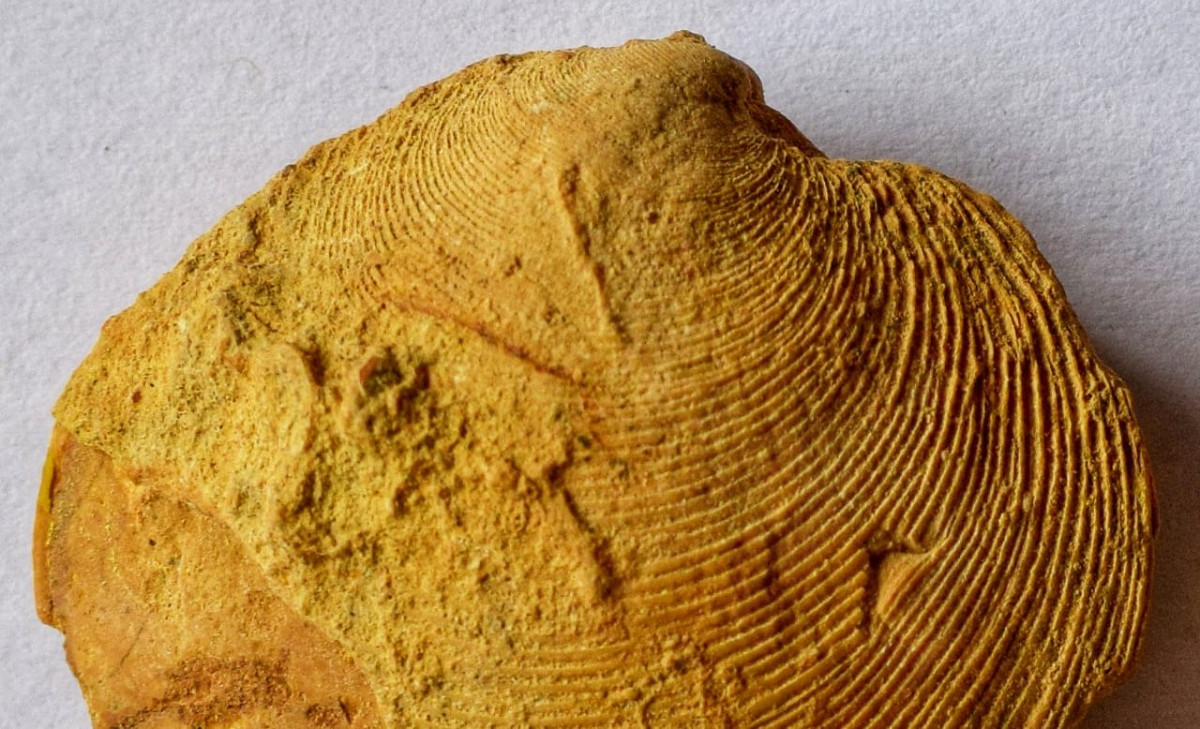India
Indo-Pacific clam genus traced back to Kutch by Pune researchers
Indo-Pacific Clam Genus ‘Dominisca’, dates back to around 2 crore years

The ancestry of an Indo-Pacific Clam Genus ‘Dominisca’, dating back to around 2 crore years, has been traced to Kachchh by two Pune-based palaeontologists. In a significant achievement, the palaeontologist-duo has found fossils of Dominisca in Abdassa taluka of Kachchh. Interestingly, similar fossils of the same clam genus from the Pleistocene epoch which were around 25 lakh years old were found near Japan, pointing out towards the possible migratory route of these species.
Clams belonging to the genus Dosinisca today thrive in the marine waters around New Zealand, Australia and Japan, included in the Indopacific Region. Dr. Vidyadhar Borkar, a visiting faculty of Geology at the Fergusson College and Dr. Kantimati Kulkarni, a senior scientist of the Agharkar Research Institute have been studying molluscan fossils from the Miocene Epoch occurring in Kachchh for the past 20 years.
Speaking about his discovery, Borkar said that the fossils discovered were similar to those occurring in the sedimentary rocks of Sindh and Balochistan Provinces of Pakistan, formed some 53 lakh years ago. “We found fossils of Dosinisca from the sedimentary rocks, which were formed 2 crore years ago in the Abdassa taluka of Kachchh. Interestingly, the ones researched and discovered by renowned paleontologist Ernest Vredenburg while conducting research with the Geological Survey of India were found to be much similar to the ones discovered in Kachchh. He had published the findings of his study some 90 years ago,” the scientist said.
While the fossils found by Vredenburg were classified under a different name, on observing the specimens at the repository in Kolkata where they are now stored, Borkar said that they found those fossils to be part of the same family.
The story of evolution
During the early part of the Miocene Epoch*, vast expanses in Kathiawar, Kachchh and Sindh were inundated by marine waters as a result of marine transgression around 2 crore years ago. Certain marine animals of the biota, which flourished in this temporary epicontinental sea, had migrated up to the northwest of Australia at that time through the East Indies and the Timor Island.
At about the same time the last phase of uplifting of the Himalayas was completed. Thousands of tonnes of sediment that was being deposited at the bottom of oceanic waters which intervened between the Eurasian Continent to the North and the Indian Peninsula to the South was uplifted and transformed into the loftiest folded mountain range. As the habitat of the biota which existed there started shrinking, the very existence of hundreds of genera which merrily thrived there was in jeopardy. Migrating to the north was not possible as there was a barrier in the form of newly formed Himalayas. So, to avoid extinction, certain genera managed to migrate towards the East Indies.
Further research
Speaking about what could follow, Kulkarni hoped to find more fossils of the same Genus in East Indies too where it might have migrated.
“To avoid the threat of getting extinct, certain genera managed to migrate towards the East Indies.In course of time their descendants slowly migrated to Indopacific region. We have located that migratory route and we hope that the paleontologists there soon discover the fossils,” she said. “Of course, we cannot go there and carry out further research. But just as we based our study on someone else’s discovery made years ago, we hope that our research is taken ahead by another scientist in the future,” Kulkarni added. Speaking about the challenges faced in this research, she said, “The older the fossil, the harder it is to interpret. We have worked with fossils older than these, but challenges continue. Kachchh is an arid, desert area, so fieldwork there was physically challenging too. Also, extracting them from the rocks, especially the ones that are delicate and cracked.”





